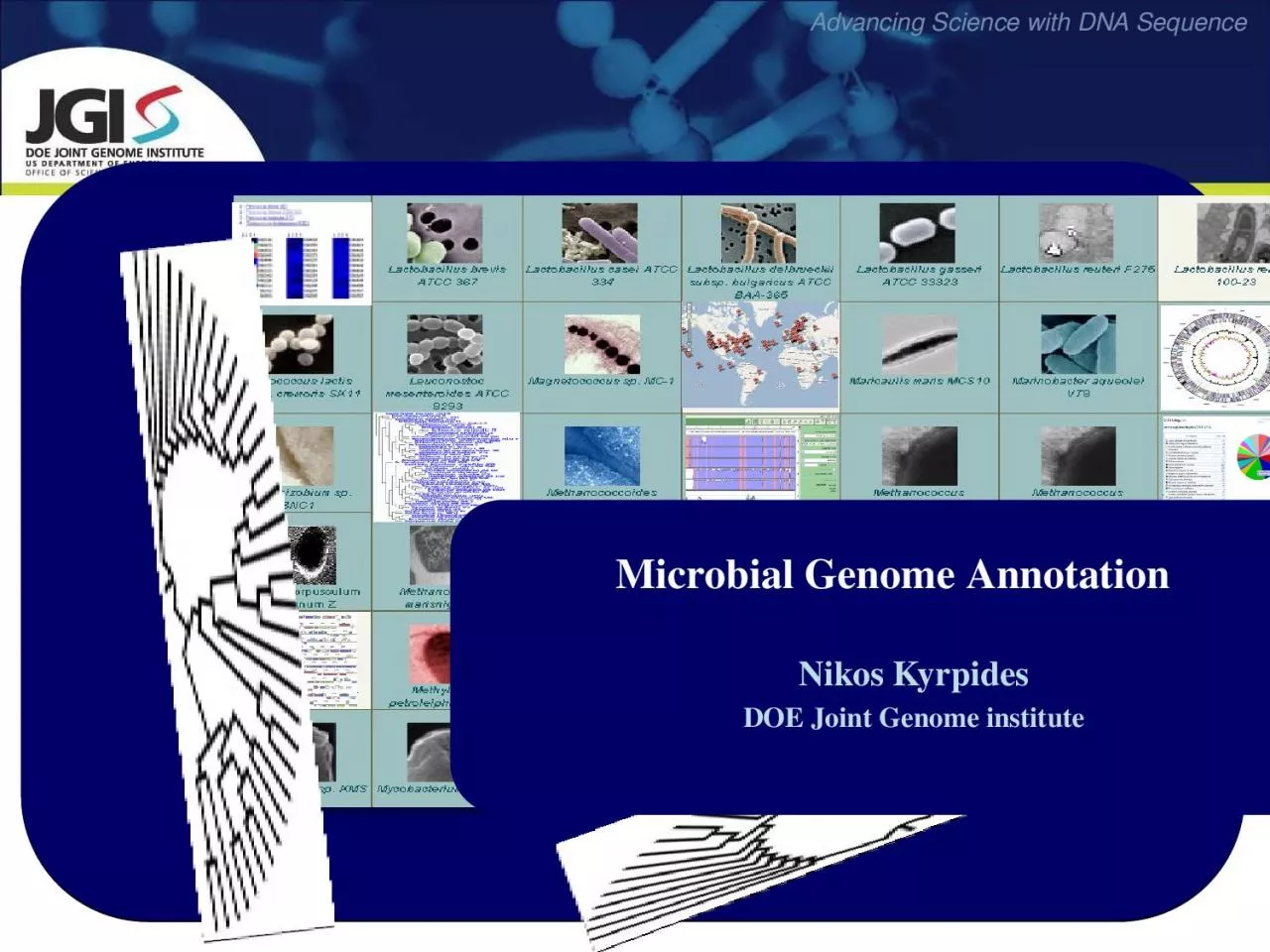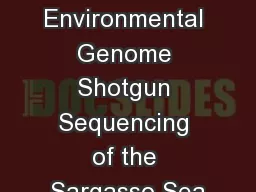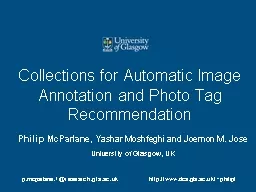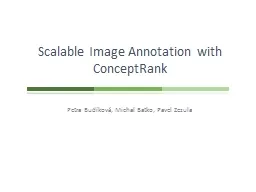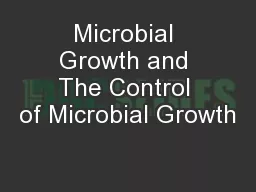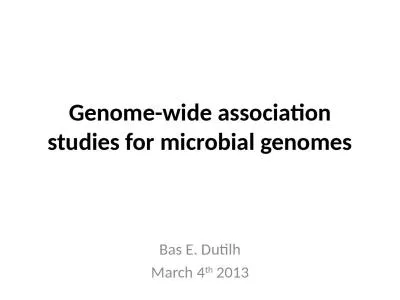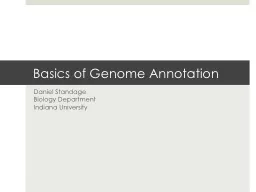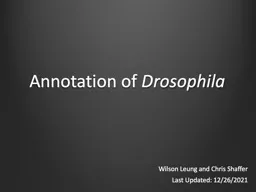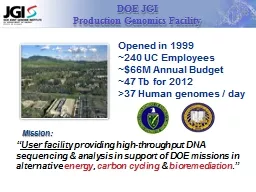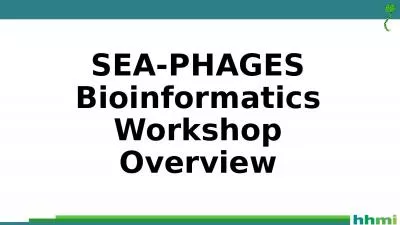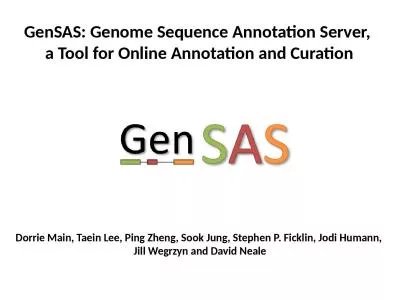PPT-Microbial Genome Annotation
Author : cora | Published Date : 2024-02-02
Nikos Kyrpides DOE Joint Genome institute Two main goals of genome analysis Evolutionary analysis How does an organism compare to the rest Metabolic reconstruction
Presentation Embed Code
Download Presentation
Download Presentation The PPT/PDF document "Microbial Genome Annotation" is the property of its rightful owner. Permission is granted to download and print the materials on this website for personal, non-commercial use only, and to display it on your personal computer provided you do not modify the materials and that you retain all copyright notices contained in the materials. By downloading content from our website, you accept the terms of this agreement.
Microbial Genome Annotation: Transcript
Download Rules Of Document
"Microbial Genome Annotation"The content belongs to its owner. You may download and print it for personal use, without modification, and keep all copyright notices. By downloading, you agree to these terms.
Related Documents

